CARING WITH FAMILY
|
| The level of affection a breed shows toward family members and familiar people can vary significantly. Some breeds tend to be reserved around everyone except their owner, while others are friendly and treat all acquaintances like their closest friends. |
LOVE WITH CHILDREN
Unwise
Good With Children
|
| A breed's tolerance and patience towards children's behavior, along with its overall suitability for families, can differ widely. It's important to always supervise dogs around young children or any kids who are not very familiar with dogs |
BEHAVIOR WITH DOGS
Unwise
Good With Other Dogs
|
| The friendliness of a breed toward other dogs can vary. While it's crucial to supervise any interactions and introductions between dogs, some breeds are naturally more sociable and tend to get along well with others, both at home and in public settings. |
SHEDDING LEVELS & MANAGEMENT
No Shedding
Hair Everywhere
|
| The amount of fur and hair you can expect from a breed varies significantly. Breeds that shed a lot will require more frequent brushing, are more likely to cause certain allergies, and will generally need more regular vacuuming and lint-rolling. |
COAT GROOMING STANDARDS
|
| The grooming needs of a breed can vary in terms of how often it requires bathing, brushing, trimming, or other coat maintenance. When assessing grooming requirements, it's important to consider your available time, patience, and budget. Additionally, all breeds will need regular nail trimming. |
DROOLING INTENSITY
Less Likely to Drool
Always Have a Towel
|
| The tendency of a breed to drool can vary significantly. If you prefer a clean environment, breeds that tend to leave large amounts of slobber on you or create wet spots on your clothes may not be the best fit for you. |
COAT STYLES GUIDE |
| Smooth |
| COAT SPECTRUM |
| Short |
FRIENDLINESS
Reserved
Everyone Is My Best Friend
|
| The degree to which a breed welcomes strangers can vary. While some breeds may be reserved or cautious around unfamiliar people in any setting, others are more than happy to greet new humans whenever they have the chance! |
LIVELINESS
Only When You Want To Play
Non-Stop
|
| How much a breed enjoys playtime can remain strong even beyond puppyhood. Some breeds will eagerly engage in games like tug-of-war or fetch well into adulthood, while others may prefer to spend most of their time lounging on the couch with you. |
VIGILANCE INTENSITY
What's Mine Is Yours
Vigilant
|
| Certain dog breeds are known for their instinct to alert you when strangers are nearby. They tend to respond to potential threats, whether it's the mailman delivering packages or a squirrel scurrying past the window. Additionally, these breeds often warm up to newcomers who enter their home, especially if those guests are accepted by their family. |
ADAPTATION CAPACITY
Lives For Routine
Highly Adaptable
|
| This refers to how well a breed adapts to change. It encompasses various factors, such as alterations in living conditions, noise levels, weather patterns, daily routines, and other fluctuations in everyday life. |
OBEDIENCE LEVEL
Self-Willed
Eager to Please
|
| This describes how readily your dog can be trained and how eager they are to learn new skills. Some breeds are motivated to please their owners and take pride in their achievements, while others may be more independent and prefer to do things on their own terms, whenever and wherever they like! |
STAMINA LEVEL
|
| This refers to the level of exercise and mental stimulation that a breed requires. High-energy breeds are always ready for action and excited for their next adventure, happily spending their days running, jumping, and playing. In contrast, low-energy breeds tend to be more relaxed and content to lounge around, often enjoying long naps on the couch. |
VOCALIZATION
|
| When Necessary |
LEARNING CURIOSITY LEVEL
Happy to Lounge
Needs a Job or Activity
|
| This refers to the amount of mental stimulation a breed needs to remain happy and healthy. Purpose-bred dogs often have roles that involve decision-making, problem-solving, and focus. If they don't get the mental exercise they require, they may resort to creating their own activities to keep busy—and those activities are likely not what you would want them to do!reciate! |
| COLORS |
|
Description
|
Registration Code
|
|
Red
|
140
|
|
Fawn
|
082
|
|
Tan
|
195
|
|
Reddish Brown
|
159
|
|
Brindle
|
057
|
|
| PATTERNS |
|
Description
|
Registration Code
|
|
White Markings
|
014
|
|
Black Mask
|
004 |
|
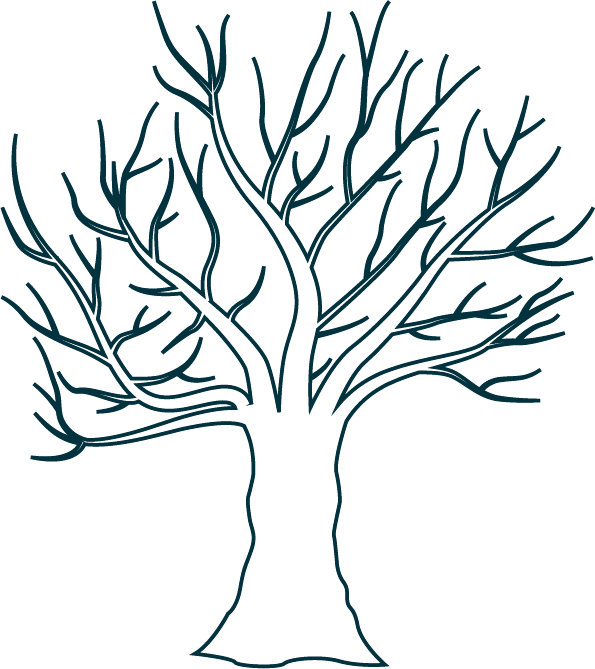


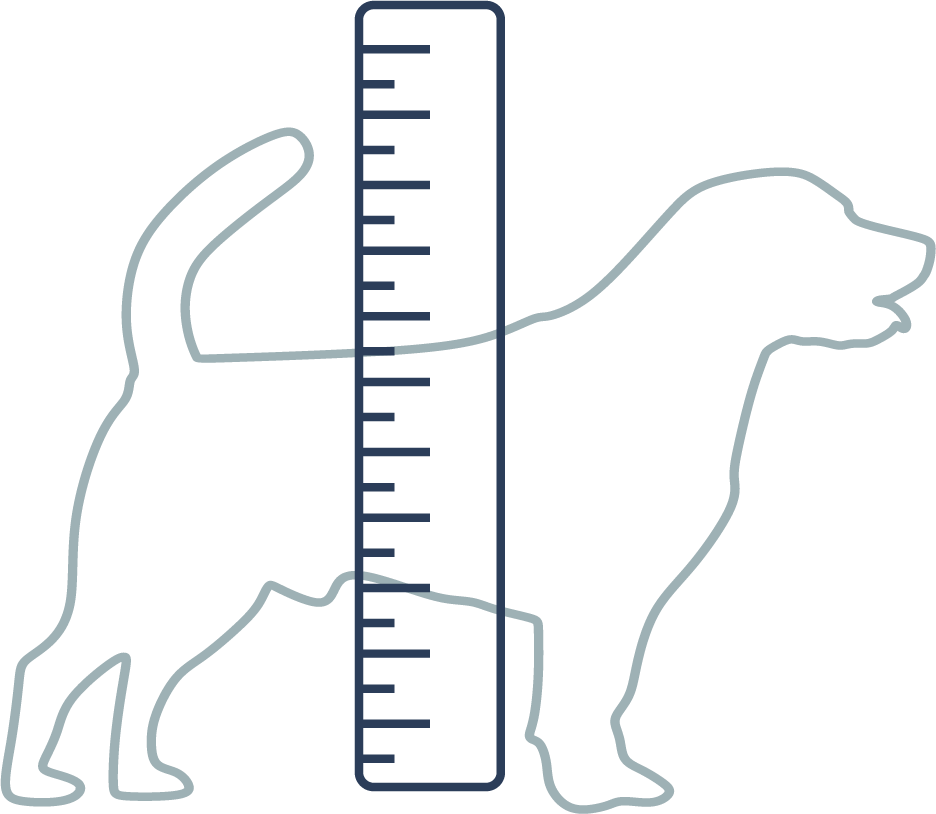


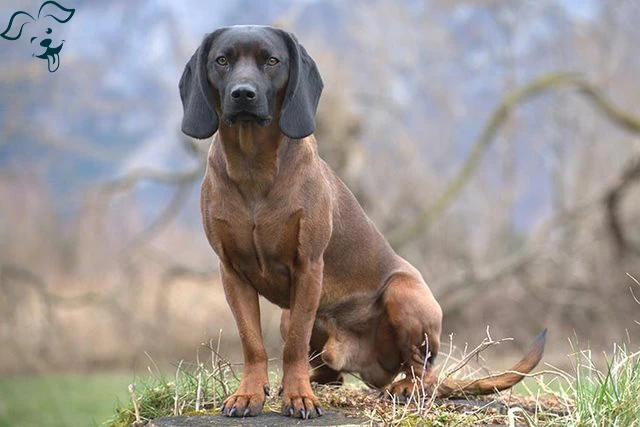
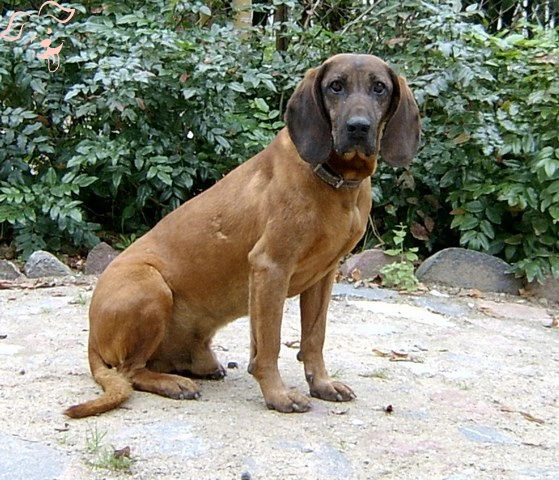
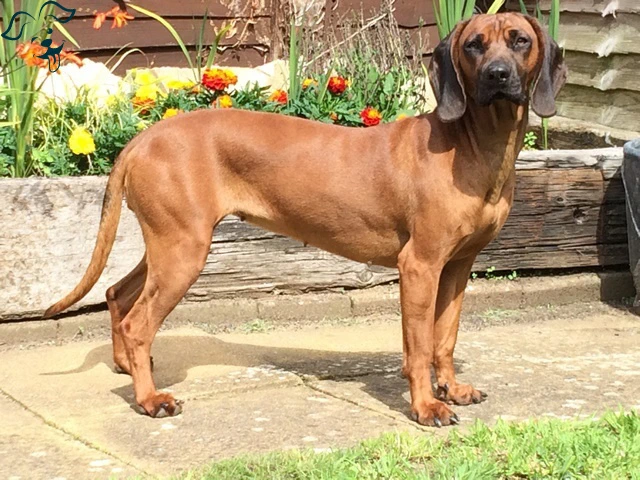
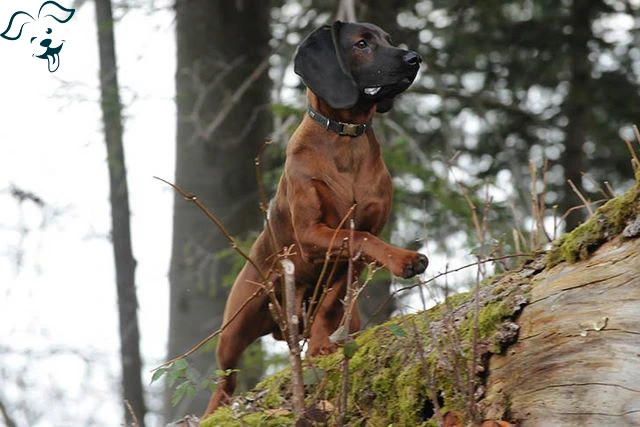






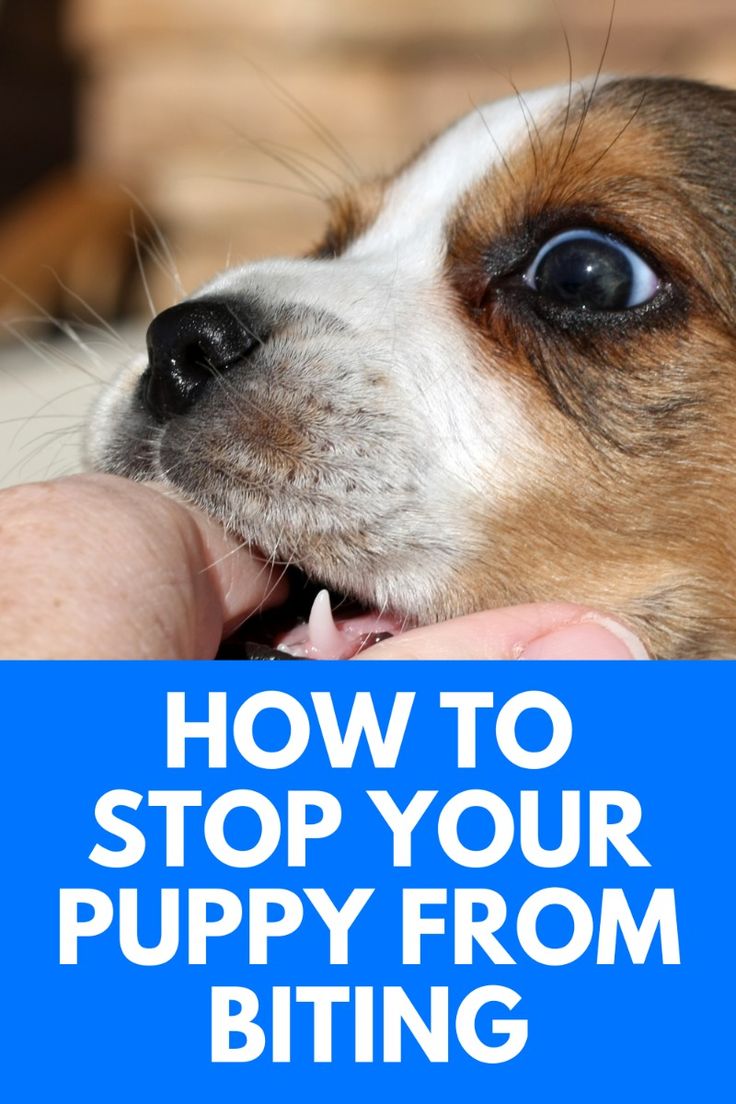
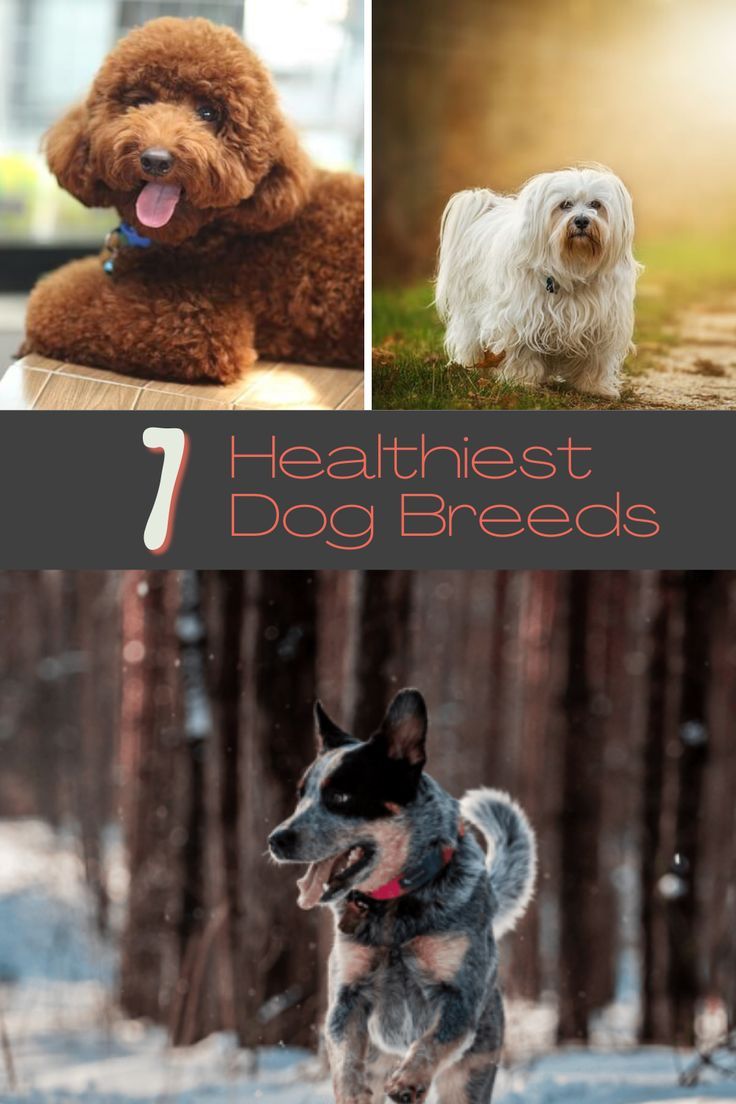

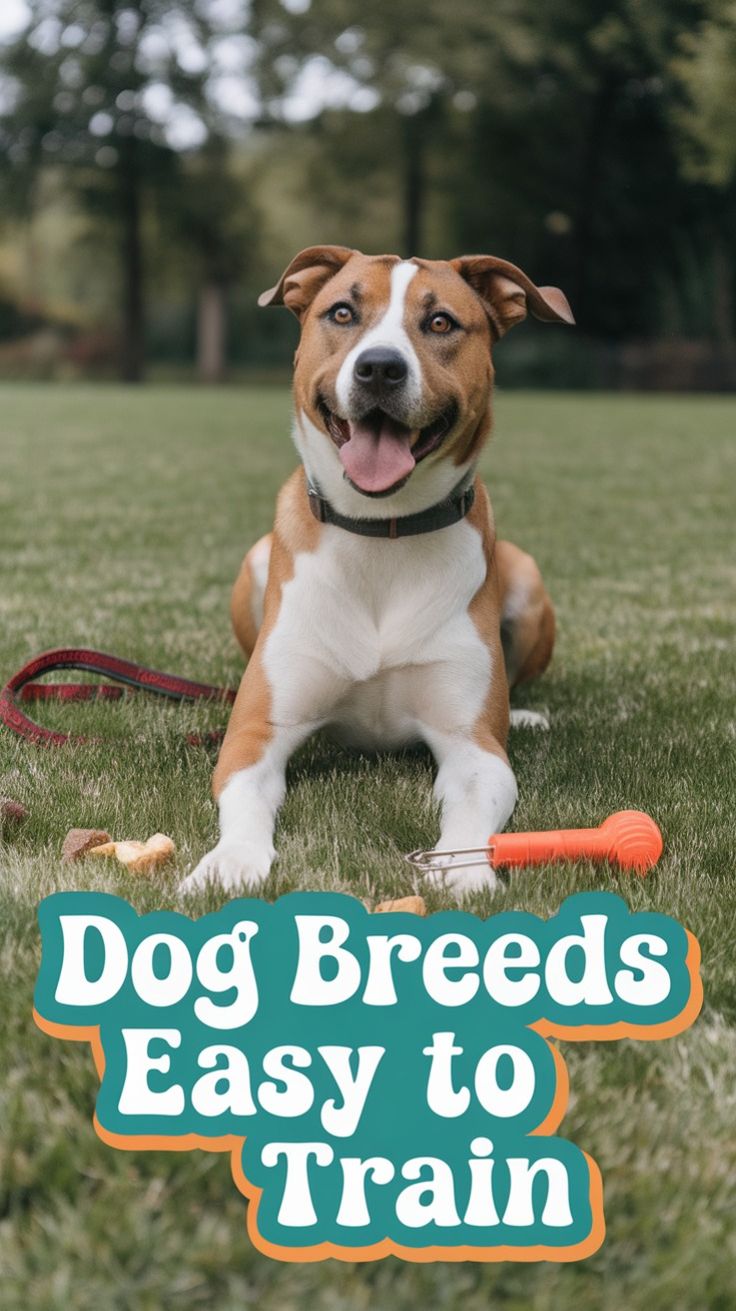
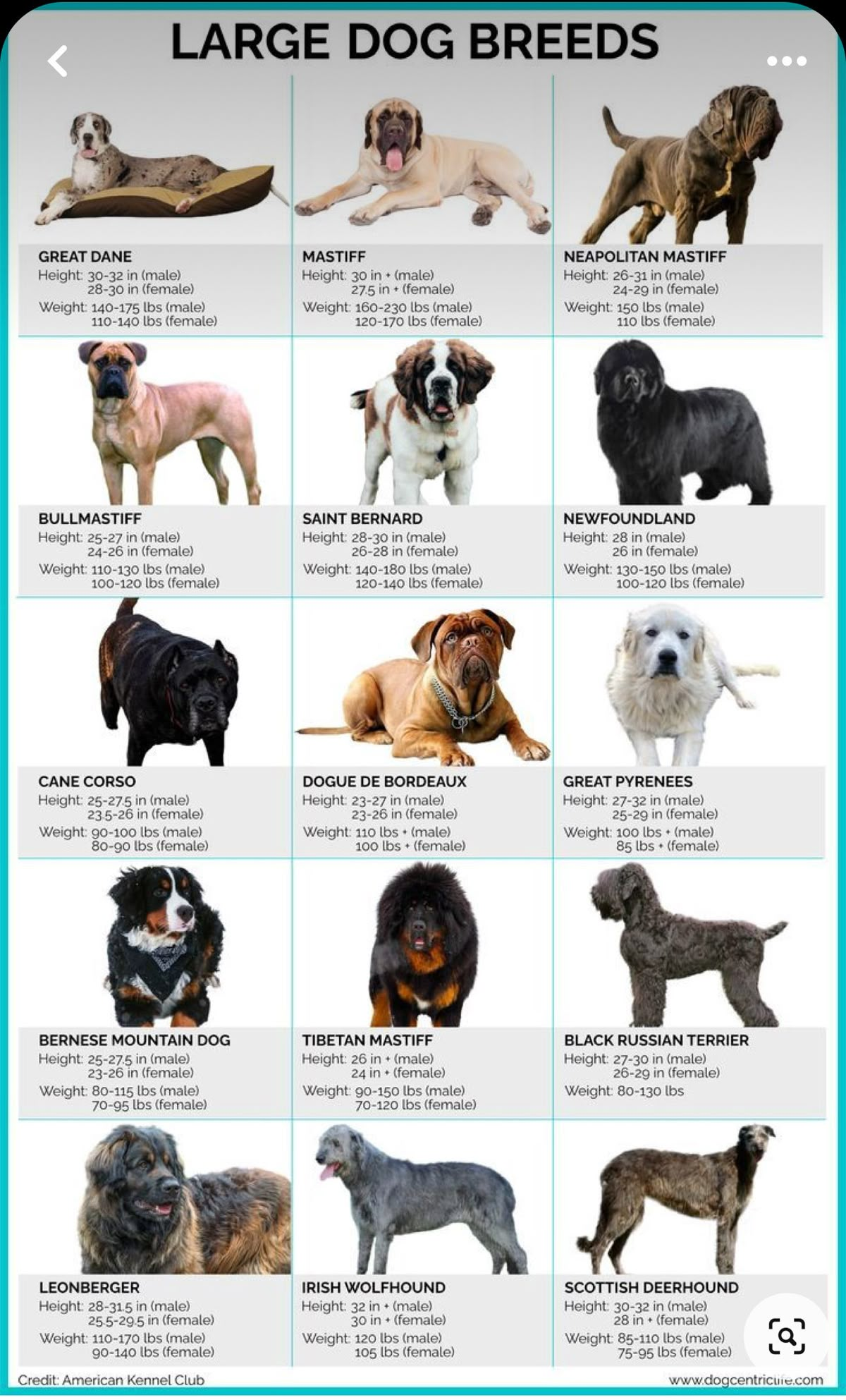

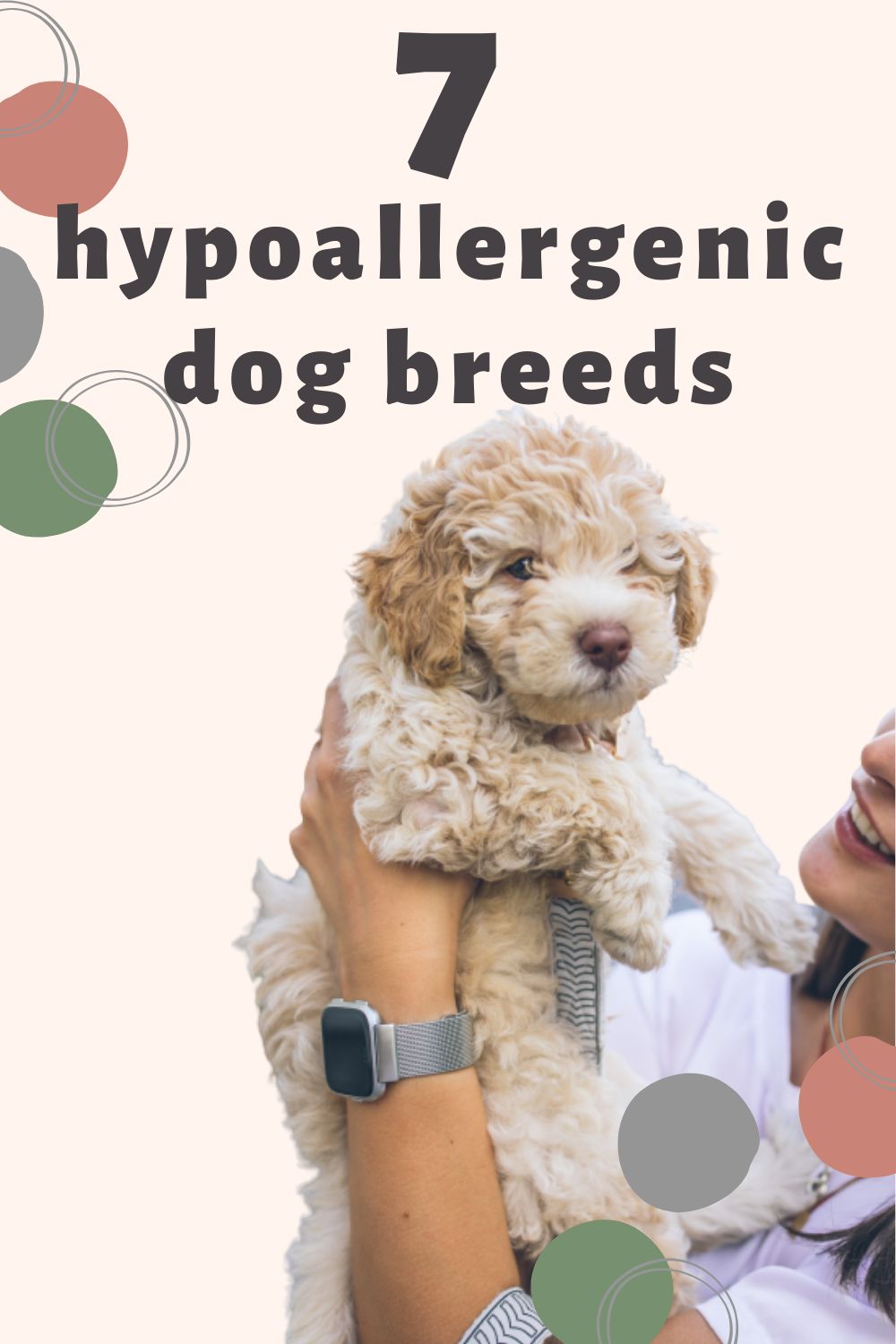
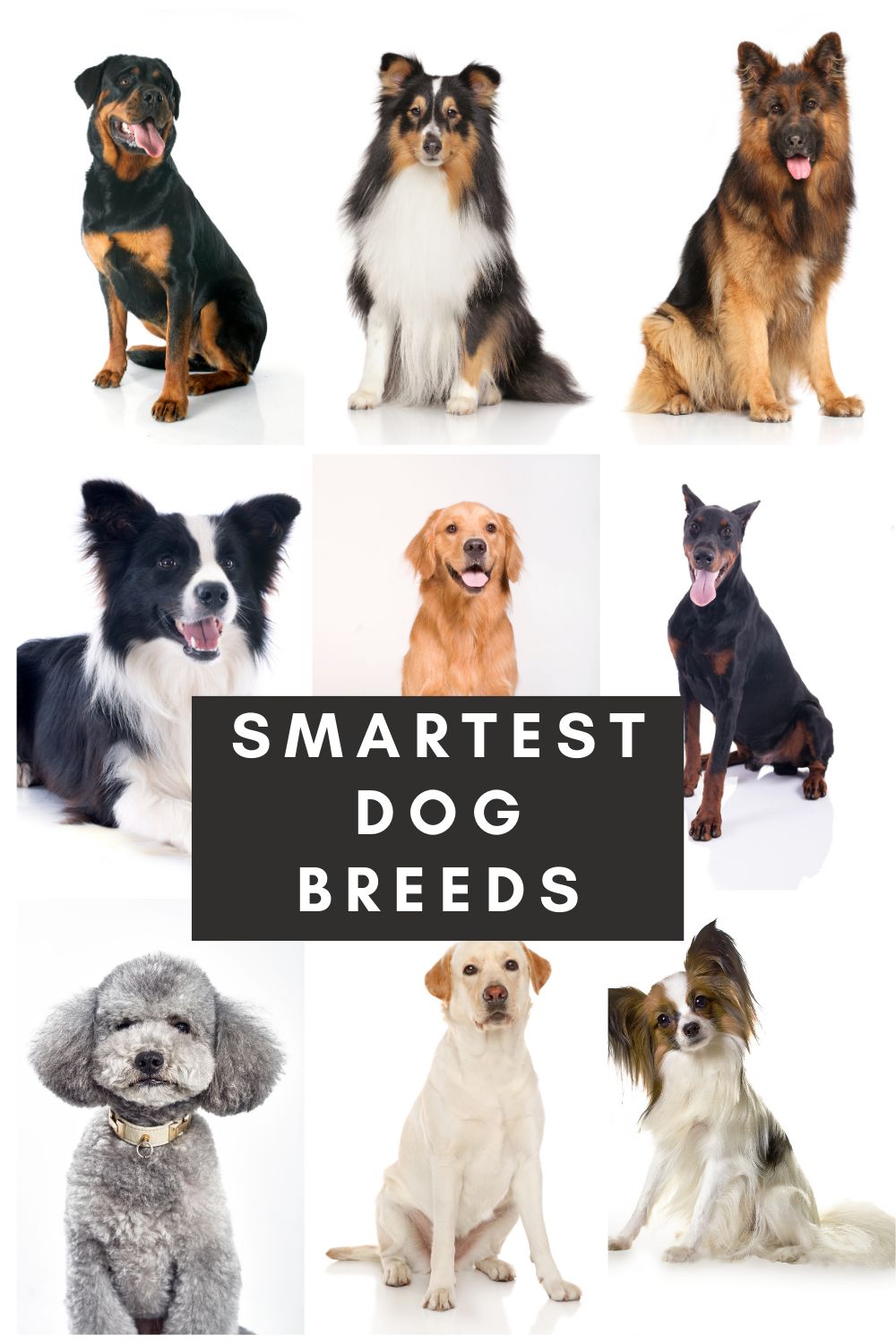
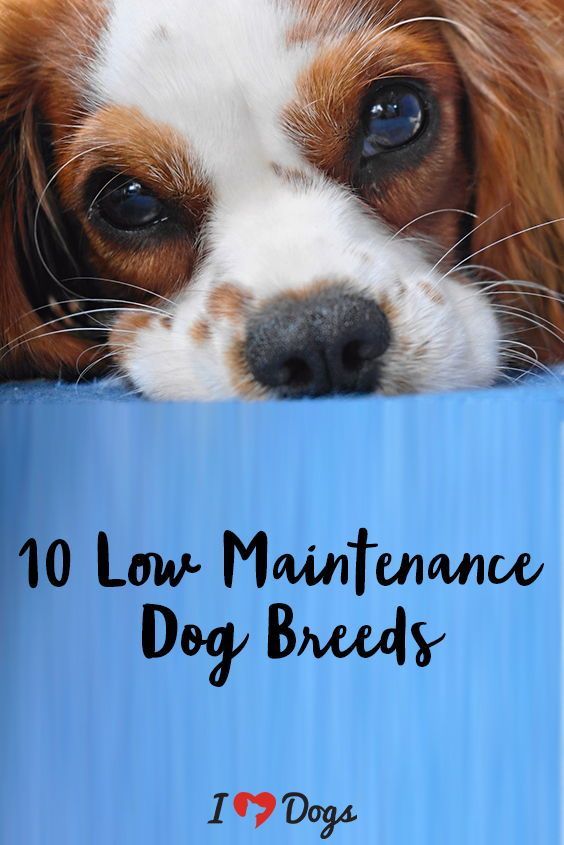
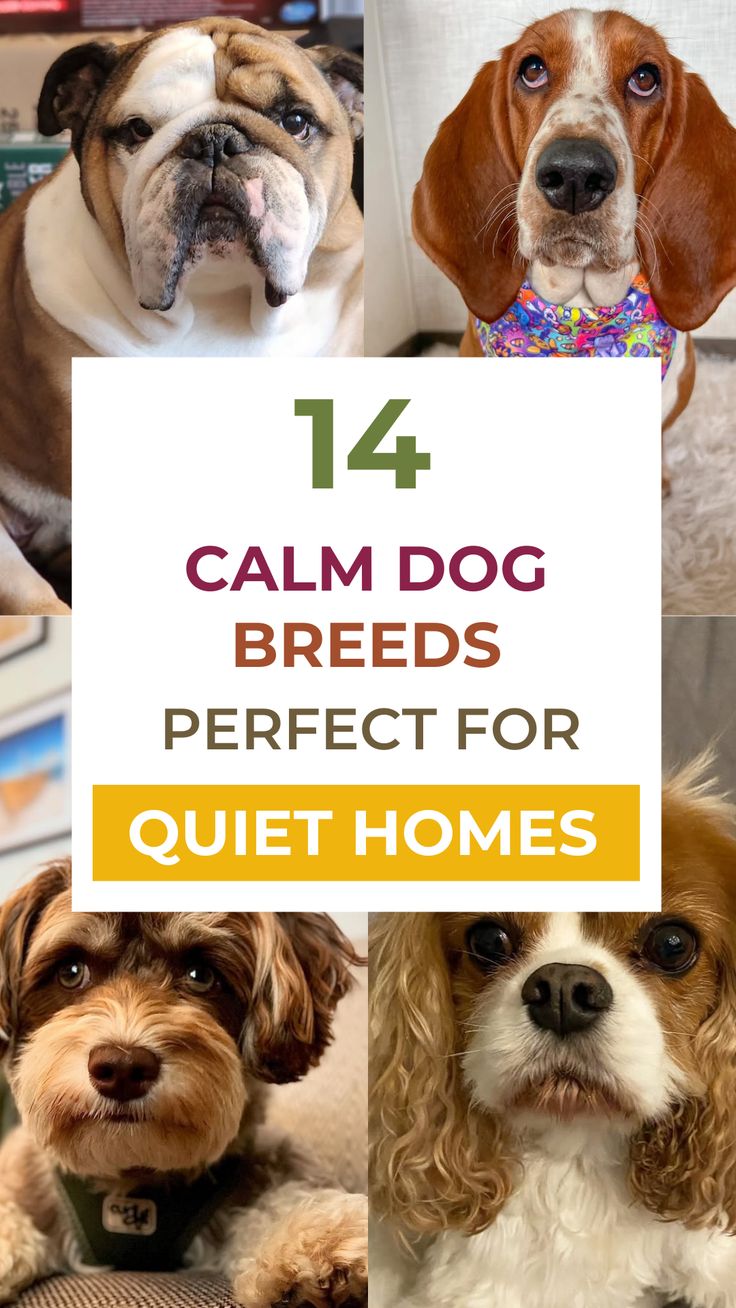

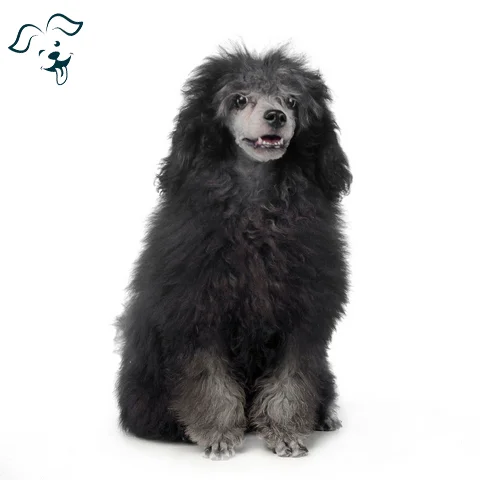
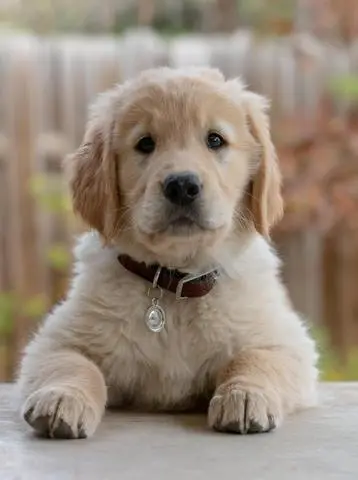
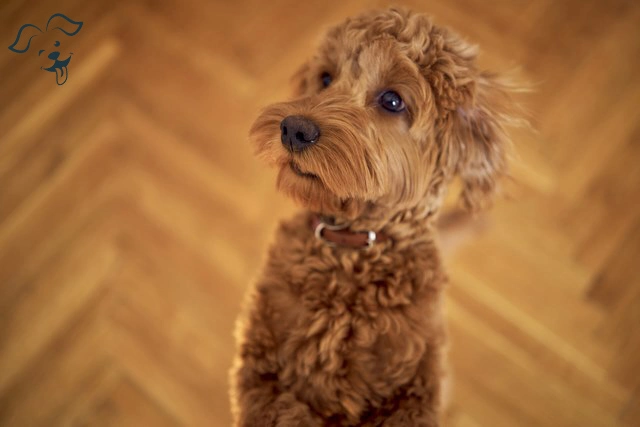
FRIENDLINESS
LIVELINESS
VIGILANCE INTENSITY
ADAPTATION CAPACITY